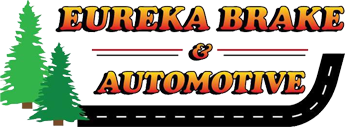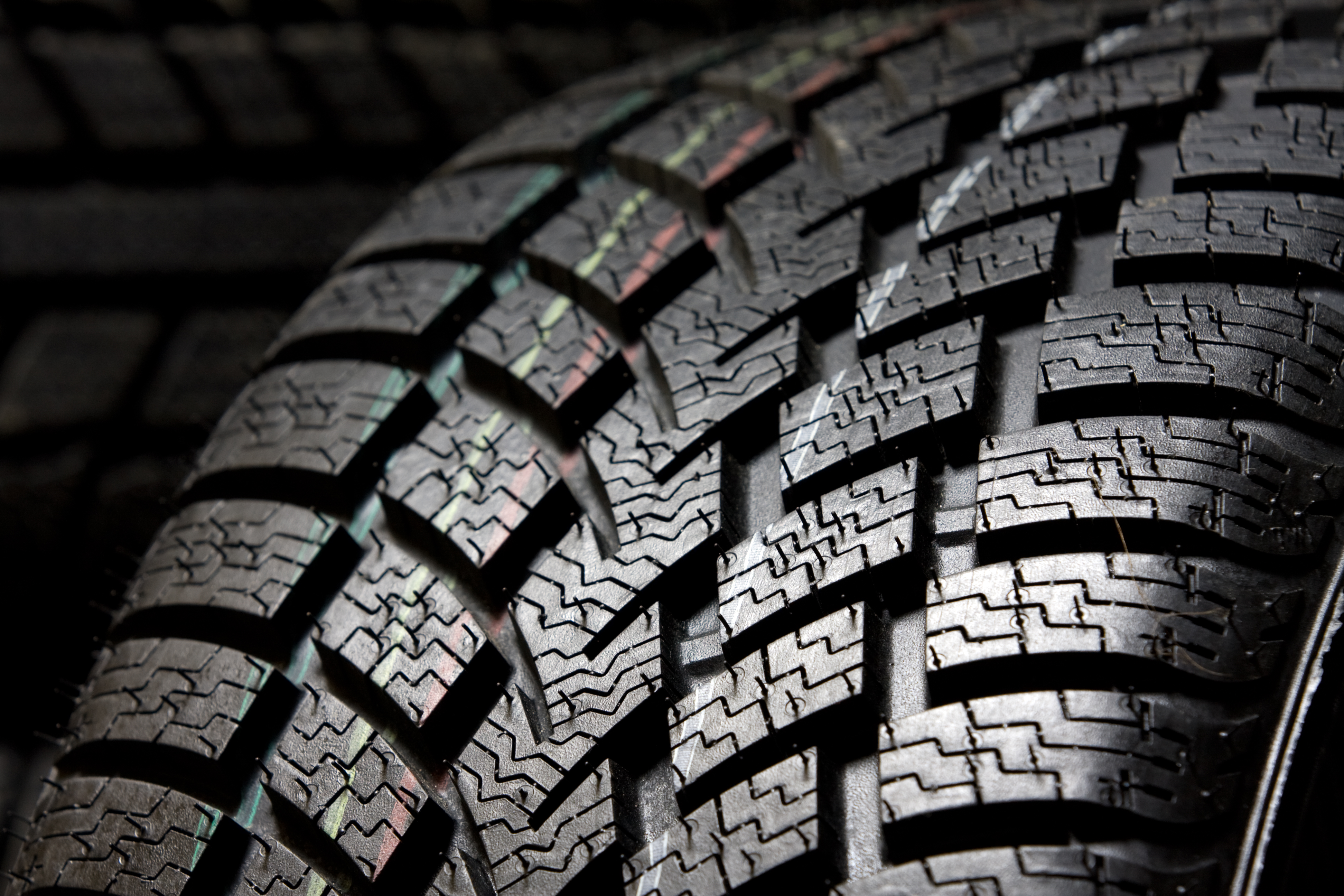What’s the harm in putting off changing your tires a little longer?
Usually when you have your tires looked at the technician will tell you what level of tread you have left on your tires. When your tire is down to 2/32 of an inch it’s time to change them! Let’s explore what tread is and why it’s crucial you never let your tires run too low on tread.
Tire tread is the pattern on the surface of your tire, it’s more than just decorative. It’s there to help give your car traction on the road. The most important part of the tire tread is to move water from underneath the tire. The grooves of the tread act as channels for the water to divert through, allowing your tire to make contact with the road instead of the water.
When your tire is making contact with water instead of the road the tire will slide on top of the water (hydroplaning) which can be extremely hazardous. If you hydroplane there’s potential for spinning out or off the road, once you start hydroplaning there’s no stopping.
Studies have proven that there is a huge difference in stopping distances in wet conditions with tires that have less wear. A tire with 4/32 of an inch of tread braking in wet conditions at highway speed was able to stop in about 85 feet less distance than the same car with tires at 2/32 of an inch of tread.
You’re tire has what’s called a tread wear bar in the tire. This bar is a raised plastic ridge across the gap in the tread and once the rest of the tread reaches this marker your tires need to be changed. You can also tell how deep your tread is by inserting a penny upside down into the tread on your tire and if the tread isn’t up to Abe Lincoln’s head, your tires are worn below 2/23 of an inch.
New tires can be pricey but it’s best to take care of them before they become a danger to yourself and others. For help choosing the right tires for your needs give one of our friendly Service Advisors a call today.
Safe driving from us here at Eureka Brake & Automotive!
(707) 443-2122
Revised from Content Contributed by NAPA Service Assistant

